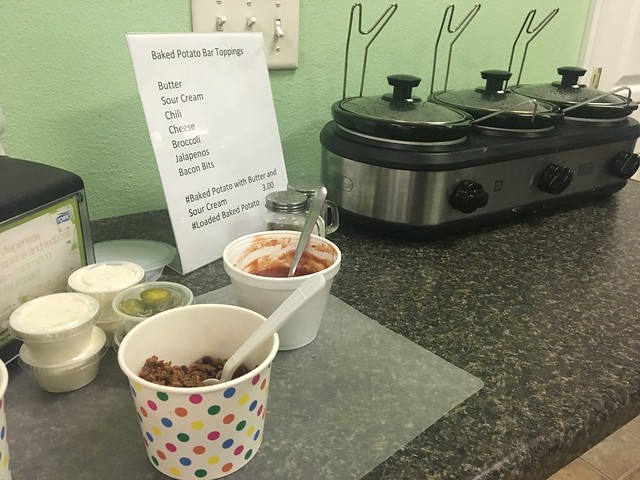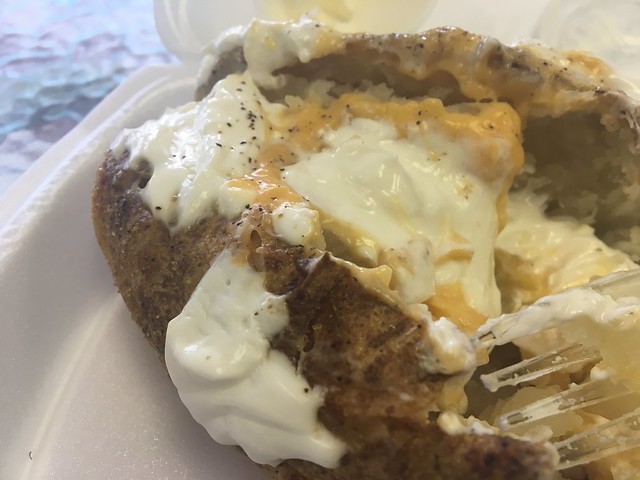
Fish Hawk Acres opened a market in Buckhannon that has refrigerated meals, goods, and even made-to-order lunches.


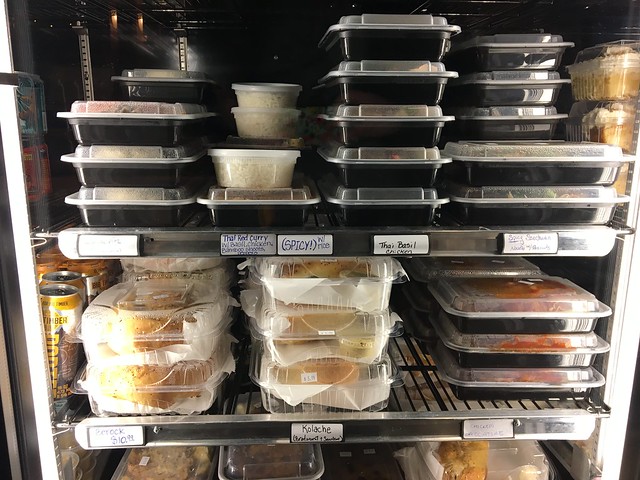
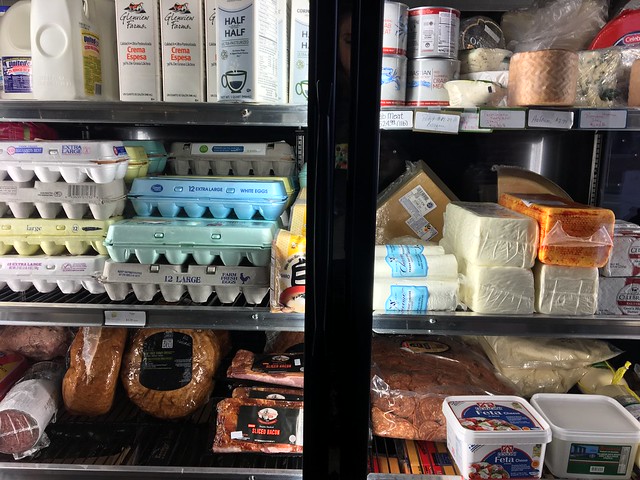

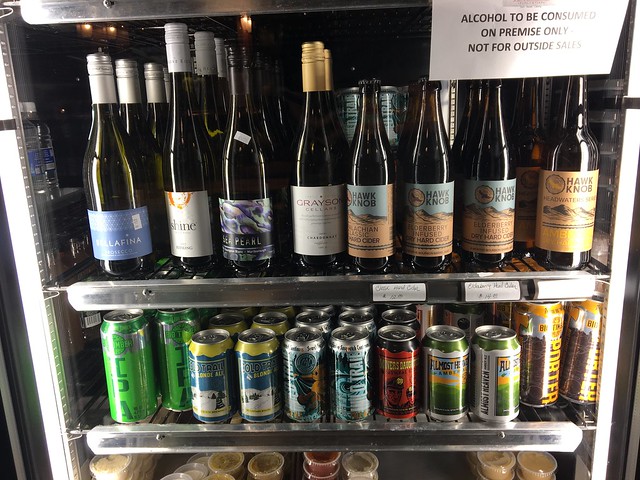


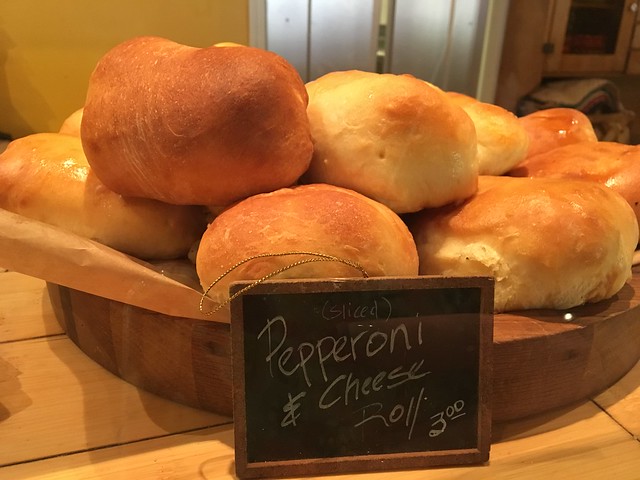

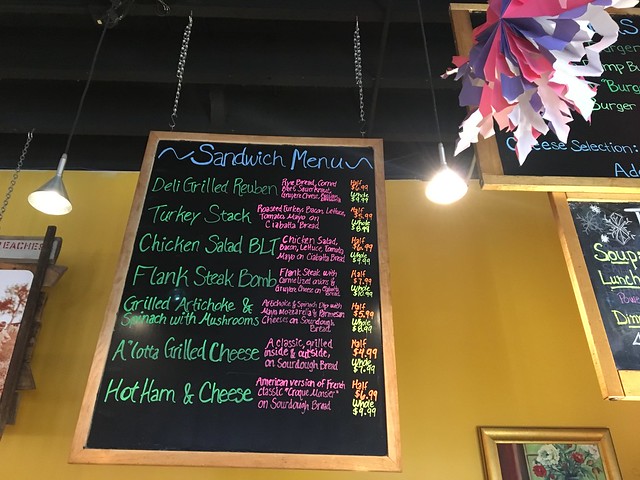
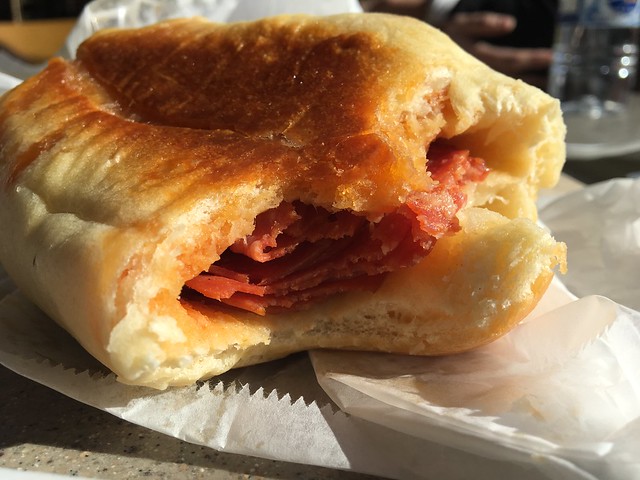
Pepperoni roll with cheese
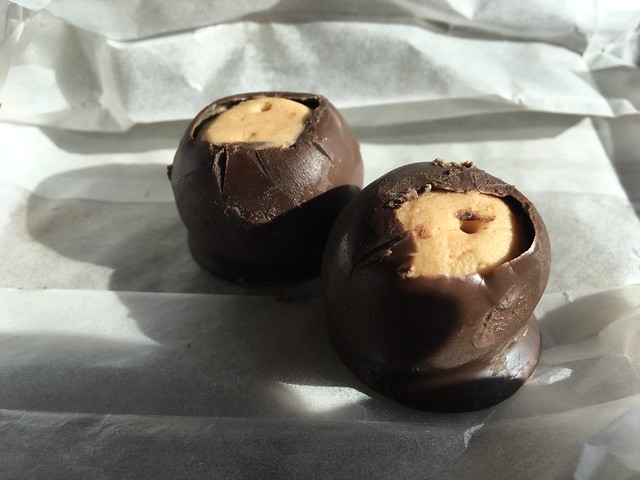
Buckeyes
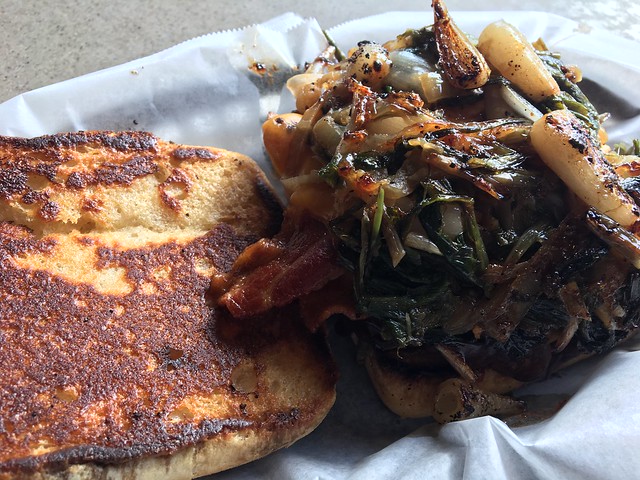
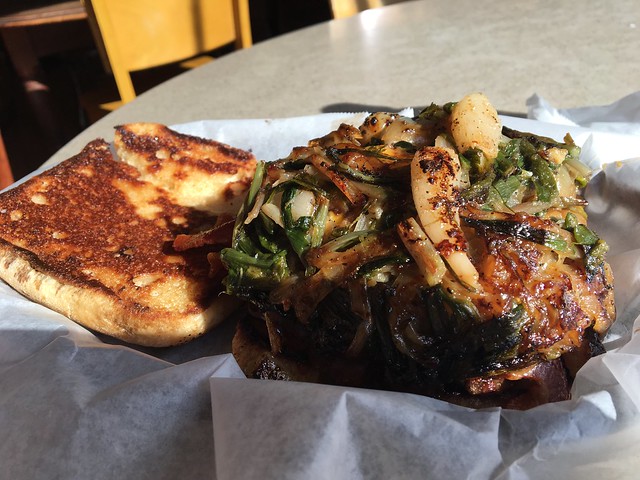
APPALACHIAN RAMP BURGER Caramelized Onions, Ramps, Bacon, Cheddar Cheese & BBQ Sauce.

One of Morgantown's newest restaurants is C Fruit Life.

"C Fruit Life was originated in Hong Kong during 1987 and is headquartered in Hong Kong. In 2007, C Fruit Life expanded into the Mainland China and has set up branch offices in Guangzhou and Beijing . C Fruit Life focuses on delicious and healthy fruit dessert and, in 2014, led the dessert to the international market, the United States, Australia, Melbourne and other overseas stores. Over these regions there are about 800 operating stores and 30 agents. C Fruit Life is committed to the modern Hong Kong-style dessert culture."
 Menu
Menu
Menu
 Menu
Menu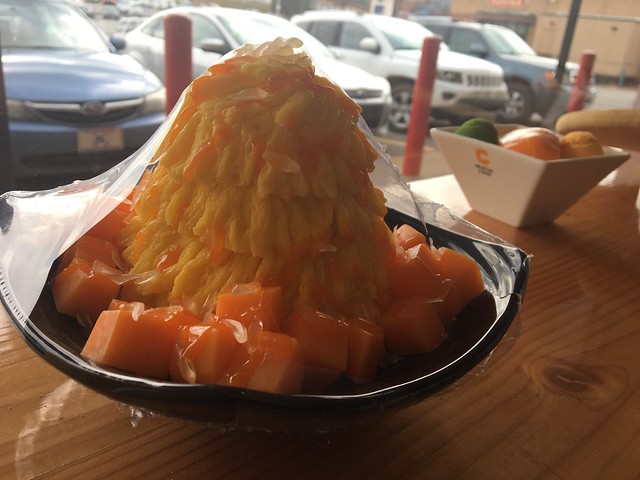
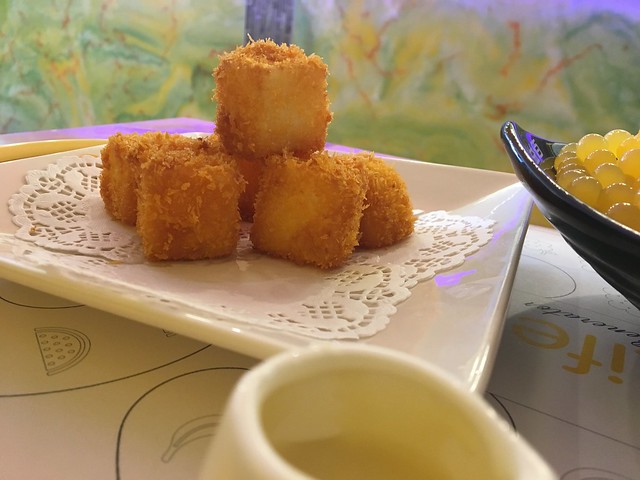
Crispy Milk Cube
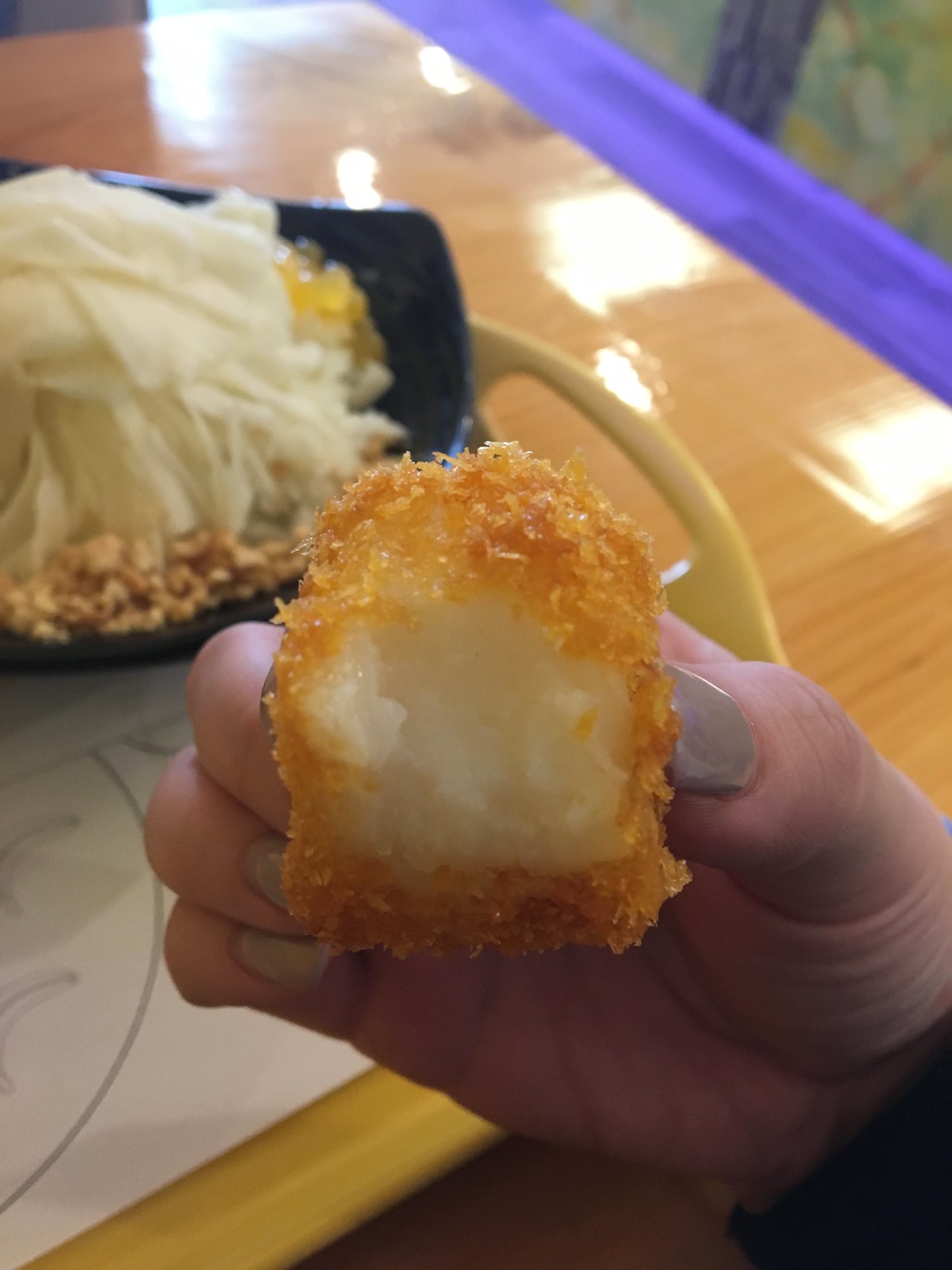
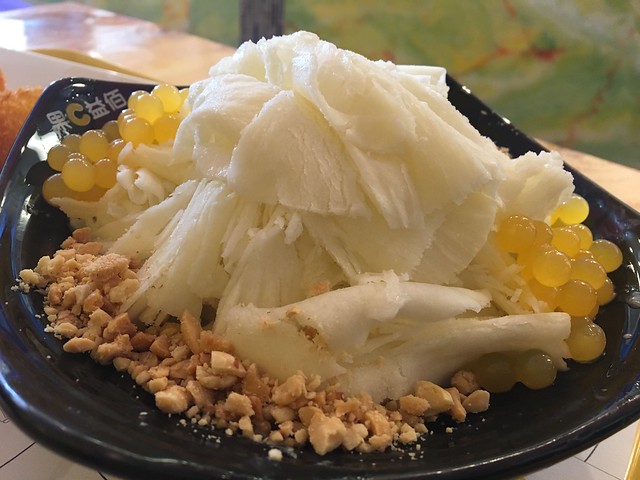
Durian snowdae (Durian is known for its... unique ... smell).
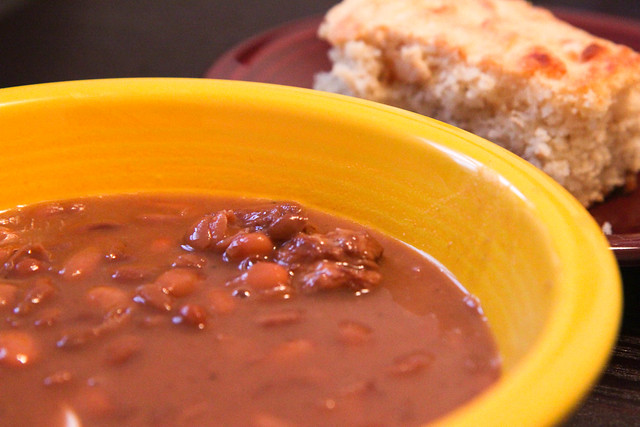
My latest column for the Charleston Gazette-Mail:
When I mention soup beans to folks, I get one of two responses: Either they look confused and ask if I’m referring to a soup with beans, or they nod happily and recall fond memories. The latter response is often an indicator that the person is an Appalachian.
Soup beans are not so much a soup, but rather pinto beans that have been slowly simmered in water, creating a rich pot likker with the help of ham, salt and pepper. The silky, creamy, pork-flavored dish is a hearty, filling meal when paired with cornbread, fried potatoes, chow chow and diced onions, and has fed mountaineers for many years.
It’s a simple dish — one crafted from dried beans, which were often a necessity during tough mountain winters. Paired with cornbread made from dried corn and a homemade chow chow from garden vegetables, soup beans have been a cold-weather necessity in Appalachia.
In “Appalachian Home Cooking: History, Culture, and Recipes” by Mark F. Sohn, he writes, “Like stores across America, mountain markets today sell pinto beans, white beans, black beans, red kidneys, and great Northerns in one-pound bags. In the fall, however, mountain markets also sell pinto beans in 10-, 25-, and even 40-pound bags. Forty pounds. This size bag suggests a diet staple.”
But I never liked soup beans.
In my house, soup beans meant money was tight. Soup beans and cornbread is an inexpensive meal that can stretch for a week for a small family. And there were times when we did just that.
Others enjoy the dish because it’s a taste of home — it hearkens back to a time when a pot of beans would simmer on the stove all winter.
It speaks to a deeper sense of place — gathering dried goods that could survive the harsh winter and lovingly creating a fulfilling meal for the whole family.
When my grandma made hers, she would never salt the soup beans. Rather, she would let everybody salt their own so they can adjust their desired amount. It’s the little things.
My grandmother made a soup beans recipe that stayed true to its simple roots. Sometimes, she would use great northern beans, which are white, rather than the brown pinto bean, and they cook a bit more quickly.
None of her recipes include precise measurements; it’s always a “handful” of this or a “pinch” of that. But I included a close version of her home-style recipe for soup beans.
So, I may not like soup beans, but I do love them.
I love them for nourishing my hungry tummy — and soul. I love them for creating memories with my grandmother. And, I love them for helping develop an appreciation for Appalachian food and how it connects me to the place I’m from.
When I mention soup beans to folks, I get one of two responses: Either they look confused and ask if I’m referring to a soup with beans, or they nod happily and recall fond memories. The latter response is often an indicator that the person is an Appalachian.
Soup beans are not so much a soup, but rather pinto beans that have been slowly simmered in water, creating a rich pot likker with the help of ham, salt and pepper. The silky, creamy, pork-flavored dish is a hearty, filling meal when paired with cornbread, fried potatoes, chow chow and diced onions, and has fed mountaineers for many years.
It’s a simple dish — one crafted from dried beans, which were often a necessity during tough mountain winters. Paired with cornbread made from dried corn and a homemade chow chow from garden vegetables, soup beans have been a cold-weather necessity in Appalachia.
In “Appalachian Home Cooking: History, Culture, and Recipes” by Mark F. Sohn, he writes, “Like stores across America, mountain markets today sell pinto beans, white beans, black beans, red kidneys, and great Northerns in one-pound bags. In the fall, however, mountain markets also sell pinto beans in 10-, 25-, and even 40-pound bags. Forty pounds. This size bag suggests a diet staple.”
But I never liked soup beans.
In my house, soup beans meant money was tight. Soup beans and cornbread is an inexpensive meal that can stretch for a week for a small family. And there were times when we did just that.
Others enjoy the dish because it’s a taste of home — it hearkens back to a time when a pot of beans would simmer on the stove all winter.
It speaks to a deeper sense of place — gathering dried goods that could survive the harsh winter and lovingly creating a fulfilling meal for the whole family.
When my grandma made hers, she would never salt the soup beans. Rather, she would let everybody salt their own so they can adjust their desired amount. It’s the little things.
My grandmother made a soup beans recipe that stayed true to its simple roots. Sometimes, she would use great northern beans, which are white, rather than the brown pinto bean, and they cook a bit more quickly.
None of her recipes include precise measurements; it’s always a “handful” of this or a “pinch” of that. But I included a close version of her home-style recipe for soup beans.
So, I may not like soup beans, but I do love them.
I love them for nourishing my hungry tummy — and soul. I love them for creating memories with my grandmother. And, I love them for helping develop an appreciation for Appalachian food and how it connects me to the place I’m from.

Mountain Mama's was previously located in a hotel and has recently moved to Chelsea Square.
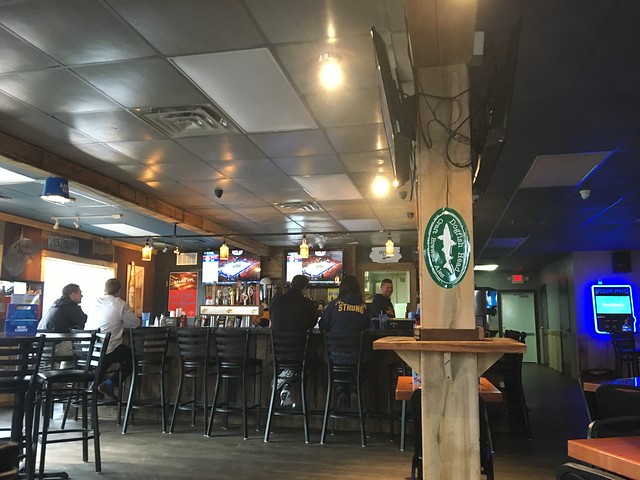
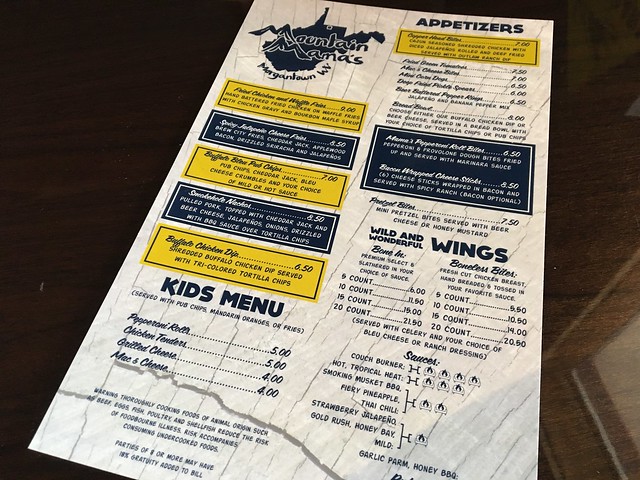
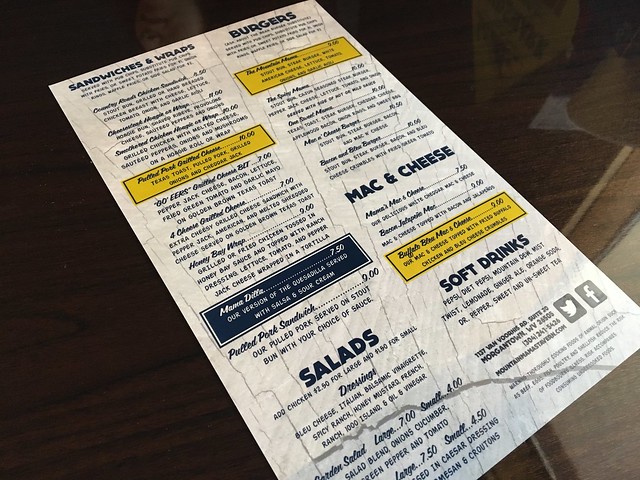
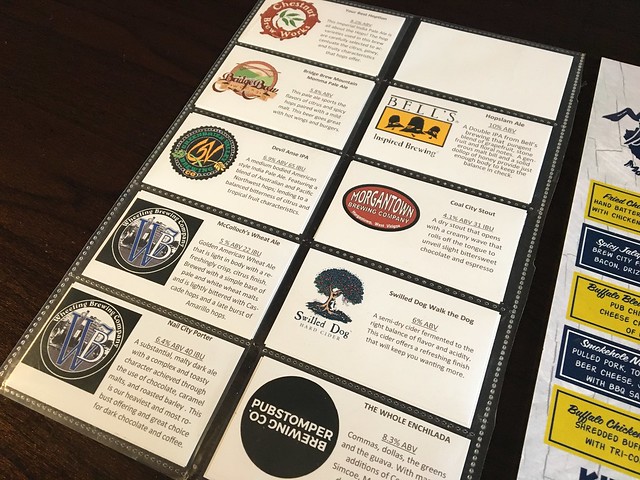
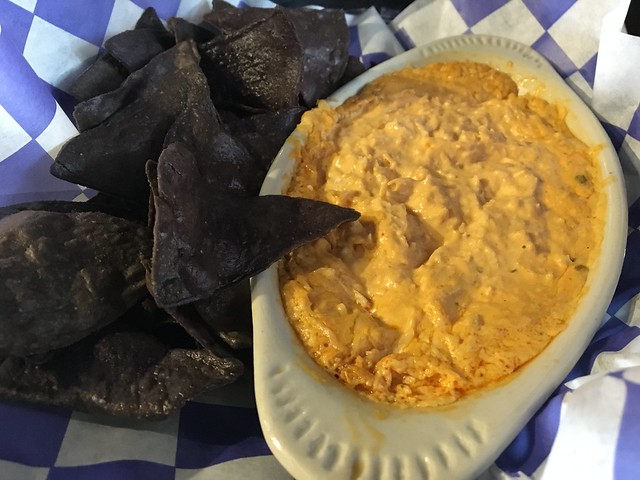
They were out of my first two options: any macaroni & cheese, then pepperoni rolls. But luckily, the buffalo chicken dip came through.
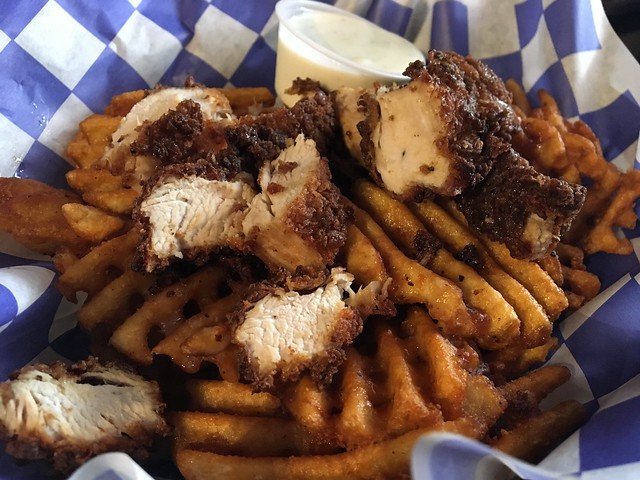
Fried chicken and waffles fries - Waffle Fries, Hand Battered Fried Chicken with Chicken Gravy and Bourbon Maple Syrup
All work property of Candace Nelson. Powered by Blogger.






